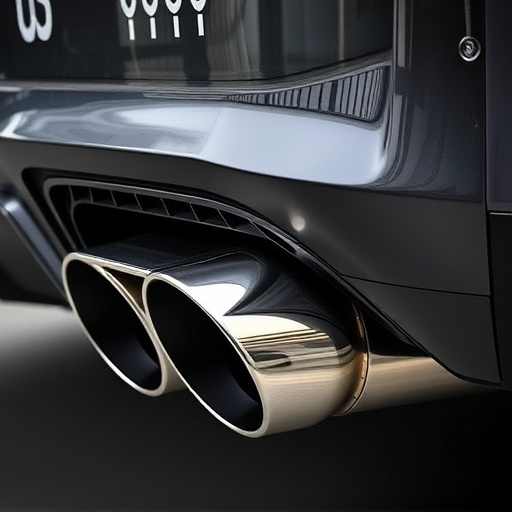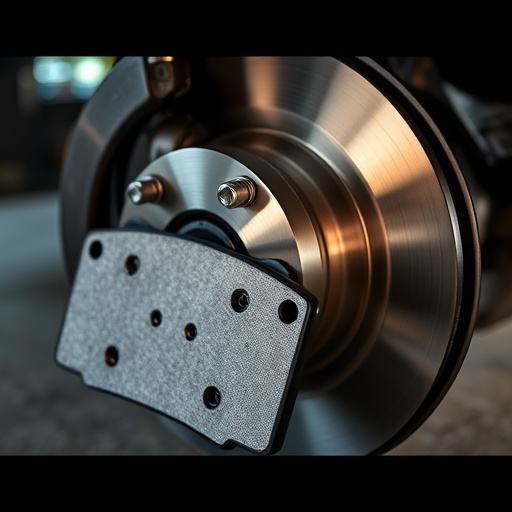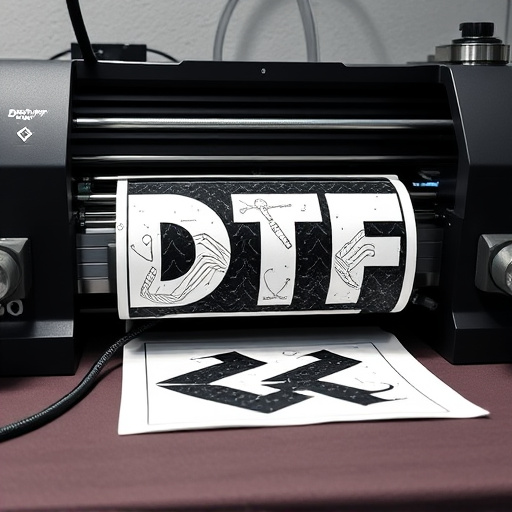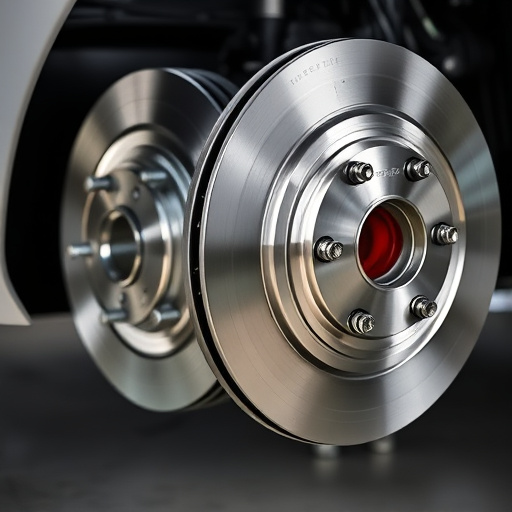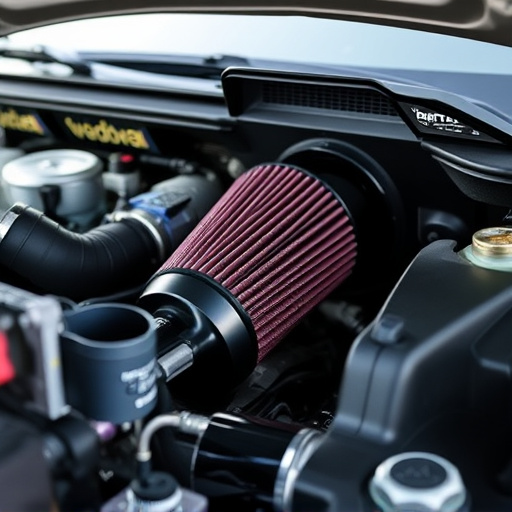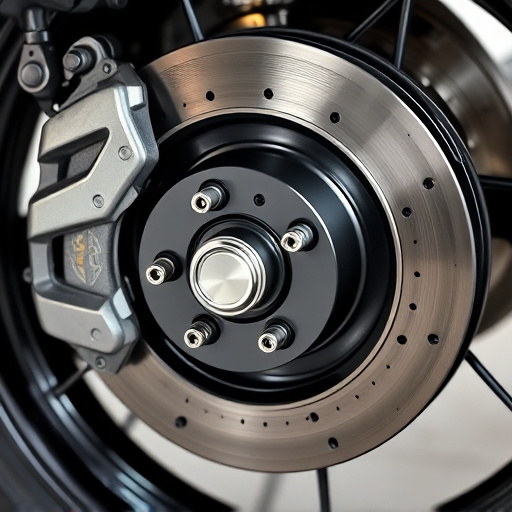The mass air flow (MAF) sensor is a vital component in a vehicle's engine management system, regulating air intake for optimal fuel-air mixture. A faulty MAF sensor can cause poor fuel economy, rough idling, increased emissions, and potential exhaust damage. Regular maintenance and timely replacement are crucial for maintaining engine performance, fuel efficiency, and vehicle longevity. Driving with a bad MAF sensor poses safety risks, including check engine lights and driving issues, so prompt attention and replacement are recommended to avoid long-term complications.
Can you drive with a bad mass air flow sensor safely? While it’s tempting to put off repairs, a faulty MAF sensor can significantly impact your vehicle’s performance and efficiency. This article delves into the crucial role of mass air flow sensors, explaining how they regulate engine intake and why their malfunction poses risks. We explore the potential consequences and offer safe practices for driving with a bad MAF sensor until it can be replaced.
- Understanding Mass Air Flow Sensors and Their Function
- Impact of a Faulty Mass Air Flow Sensor on Vehicle Performance
- Driving with a Bad Mass Air Flow Sensor: Risks and Safe Practices
Understanding Mass Air Flow Sensors and Their Function

The mass air flow (MAF) sensor is a vital component in a vehicle’s engine management system. It plays a crucial role in monitoring and regulating the amount of air entering the engine, ensuring optimal fuel-air mixture for efficient combustion. Located in the air intake system, usually between the air filter and the engine, the MAF sensor measures the mass flow rate of air and sends this data to the engine control unit (ECU). This information is critical as it helps the ECU calculate the correct amount of fuel to inject into the engine cylinders.
A functioning MAF sensor ensures that your vehicle’s engine performs at its best. It prevents poor fuel economy, rough idling, and potential damage to the engine caused by an incorrect air-fuel mixture. Regularly maintaining or replacing this sensor as recommended by the manufacturer is essential for optimal engine performance. While some drivers might wonder if they can drive with a faulty MAF sensor, it’s not advisable. A bad MAF sensor can lead to inaccurate readings and subsequent issues with engine performance, potentially affecting both fuel efficiency and emissions control, especially when high-performance parts like cold air intakes are installed, which rely on precise airflow measurement.
Impact of a Faulty Mass Air Flow Sensor on Vehicle Performance
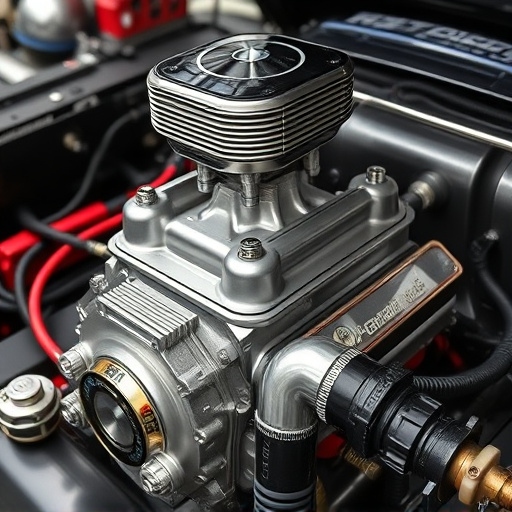
A faulty mass air flow (MAF) sensor can significantly impact a vehicle’s performance and overall efficiency. The MAF sensor plays a crucial role in monitoring the amount of air entering the engine, which is essential for optimal combustion. When this sensor malfunctions, it sends inaccurate signals to the engine control unit, leading to misfires, reduced fuel efficiency, and even potential damage to exhaust mufflers over time.
The effects of a bad MAF sensor are not limited to performance issues; it can also cause unusual behavior like poor acceleration, rough idling, and increased emissions. Drivers may notice a decrease in overall vehicle performance, similar to how worn brake pads can affect stopping distance and handling. Regular maintenance and timely replacement of the MAF sensor are vital to ensure your vehicle runs smoothly and efficiently.
Driving with a Bad Mass Air Flow Sensor: Risks and Safe Practices
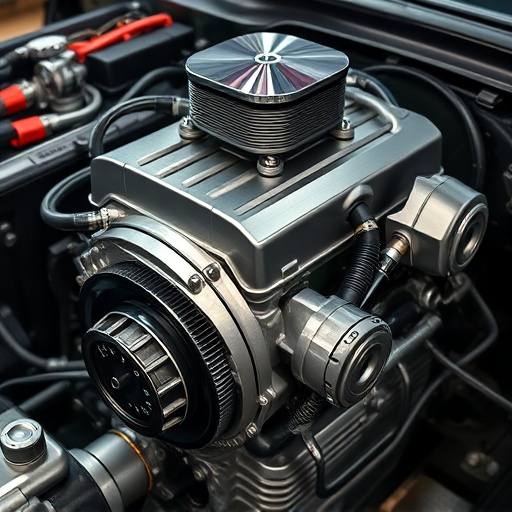
Driving with a faulty mass air flow (MAF) sensor can pose significant risks to your safety and vehicle performance. The MAF sensor plays a crucial role in measuring the amount of air entering the engine, which is essential for optimal combustion. When it malfunctions, it can lead to incorrect air-fuel mixture calculations, resulting in poor engine performance, increased fuel consumption, and even potential damage to the catalytic converter or other components. Moreover, some modern vehicles rely heavily on this sensor for various advanced engine management systems, so a bad MAF sensor might trigger check engine lights and cause driving issues, especially at certain speeds or under heavy load.
To mitigate these risks while driving with a faulty MAF sensor, consider the following safe practices: regular monitoring of engine performance; paying attention to any unusual noises or vibrations; and ensuring that other components like air intake systems, performance air filters, and performance exhaust are in good condition. Regular maintenance and timely replacements can prevent further complications. Remember, while you might be able to drive with a bad MAF sensor for a while, it’s not recommended as it can lead to more serious issues down the line.
While it’s possible to drive with a faulty mass air flow (MAF) sensor, doing so comes with significant risks. A MAF sensor plays a crucial role in optimizing engine performance and fuel efficiency. When it fails, your vehicle’s engine management system may not accurately calculate the amount of air entering the engine, leading to inefficient combustion and potential damage over time. To mitigate these dangers, consider regular maintenance checks and prompt replacement when issues are detected. Safe driving practices include being mindful of unusual symptoms like reduced acceleration, increased fuel consumption, or rough idling, as these could indicate a faulty MAF sensor.

